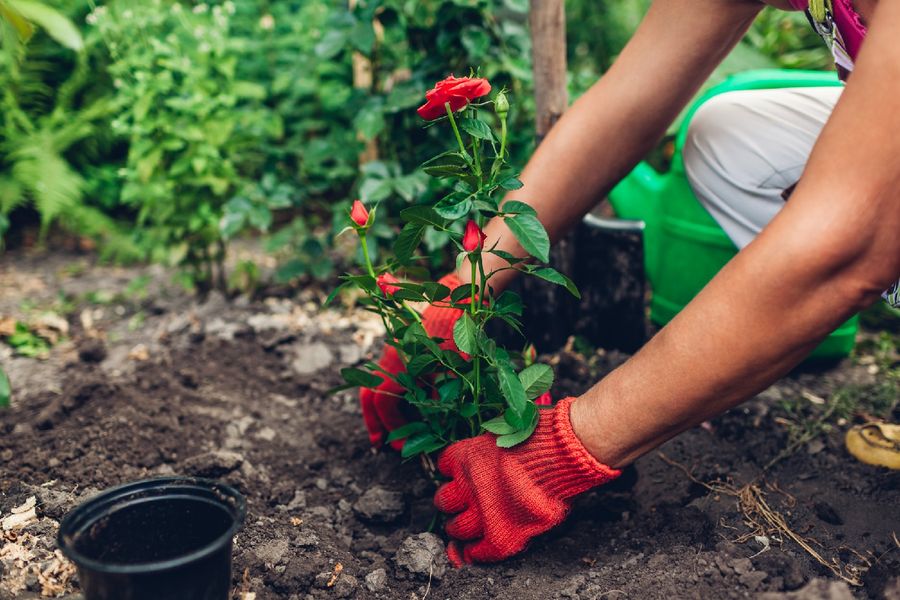Arbor Day: Planting Roots for a Greener Tomorrow
Download the app today and start planting for a greener tomorrow!
Arbor Day, a day dedicated to planting and caring for trees, is a cornerstone event for environmental enthusiasts worldwide. Rooted in a rich history and carrying a significant impact on today’s ecological challenges, Arbor Day serves as a reminder of the importance of trees in maintaining ecological balance and enhancing the quality of life.
The Roots of Arbor Day
Arbor Day was first observed in Nebraska, USA, on April 10, 1872, thanks to the efforts of Julius Sterling Morton, a nature enthusiast and journalist. Morton’s vision was straightforward yet impactful: set aside a special day for planting trees. This idea stemmed from his keen observation of the stark, treeless plains of Nebraska, which prompted him to advocate for the planting of trees to provide shade, shelter, and beauty to the expansive landscape. The first Arbor Day was a massive success, with an estimated one million trees planted.

The Impact of Trees
The environmental benefits of planting trees are vast. Trees not only produce oxygen and sequester carbon dioxide but also provide habitats for wildlife, conserve water, prevent soil erosion, and reduce urban heat island effects. Moreover, they have social and psychological benefits, improving mental health and providing spaces for communal activities.

How to Participate
Participating in Arbor Day can be as simple as planting a tree in your backyard or as involved as organizing a community event. Here are a few suggestions:
- Plant Native Trees: Choose species that are well-adapted to your area’s climate and soil, ensuring better growth and survival rates.
- Care for Existing Trees: If you already have trees on your property, make sure to care for them properly. Regularly water, prune, and mulch trees to ensure their health and longevity.
- Reduce, Reuse, Recycle: Adopt sustainable practices in your daily life to reduce your carbon footprint and minimize deforestation. Reduce paper consumption, recycle paper products, and choose recycled paper whenever possible.
- Starting an eco-friendly garden is a fantastic way to cultivate a sustainable and environmentally conscious outdoor space.

Arbor Day is more than just a celebration. In the face of global climate change and environmental degradation, the simple act of planting a tree symbolizes hope and commitment to the planet. Each tree planted is a step towards a healthier, more sustainable world.
In conclusion, Arbor Day provides an excellent opportunity to connect with nature, engage with the community, and make a tangible impact on the world. By celebrating this day, we reaffirm our commitment to environmental stewardship and the belief that every individual has the power to make a difference.
































